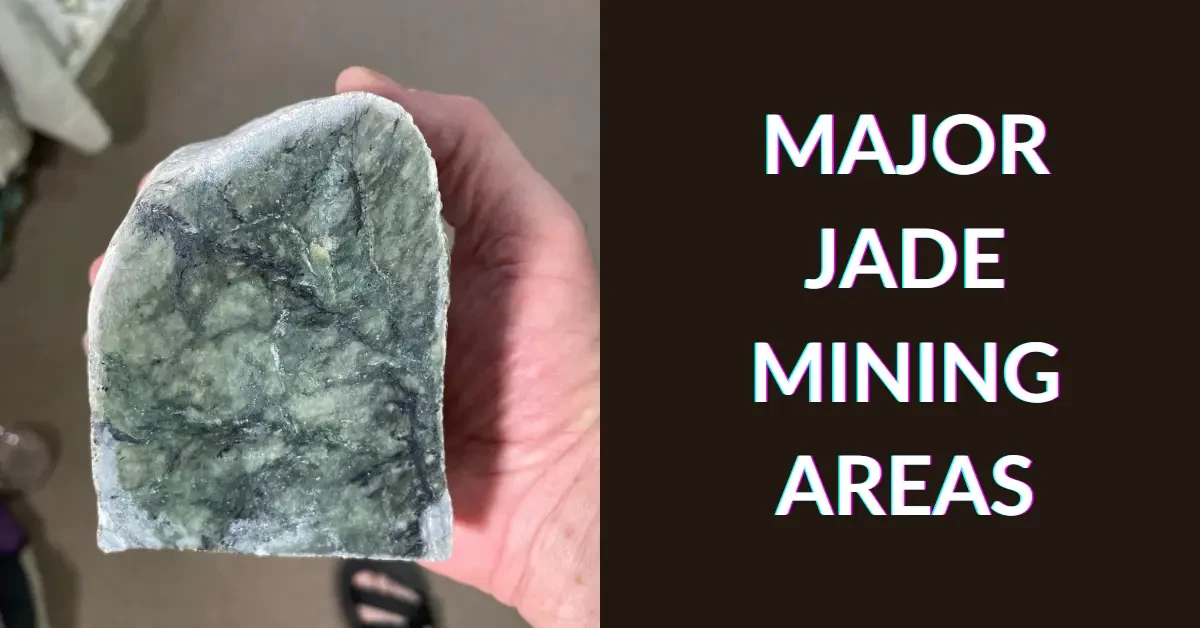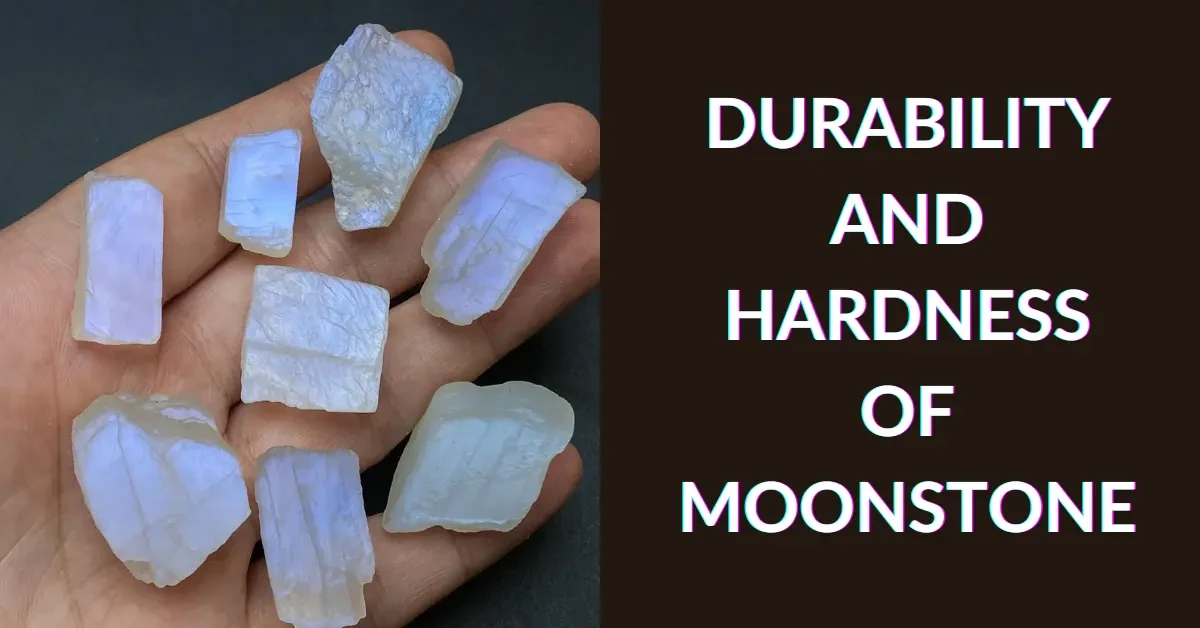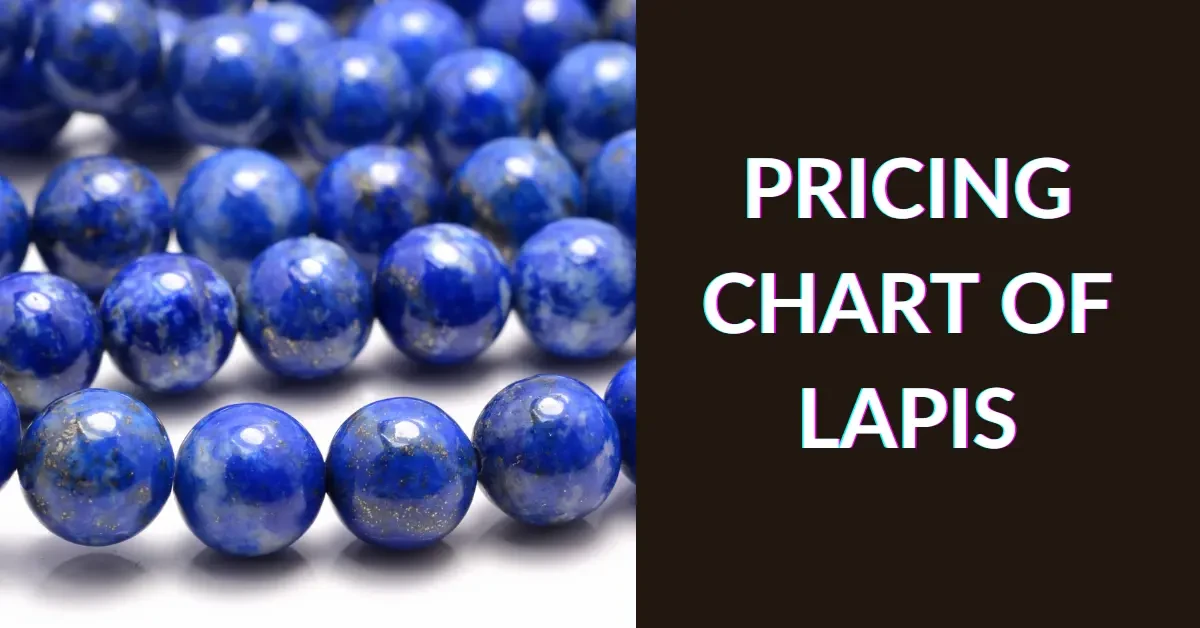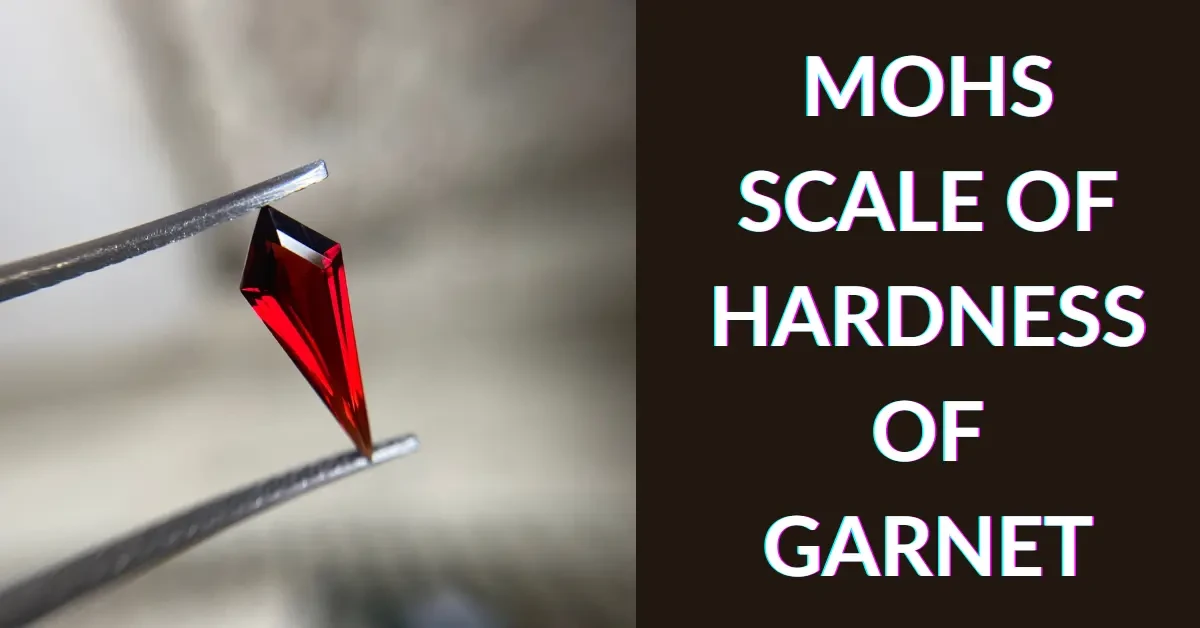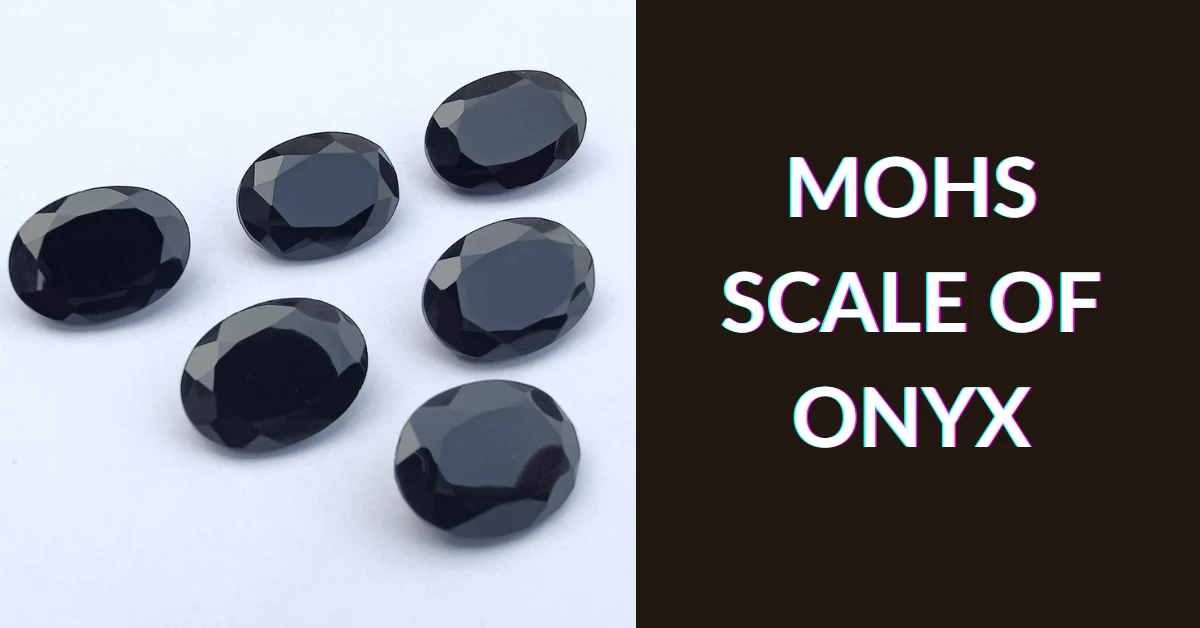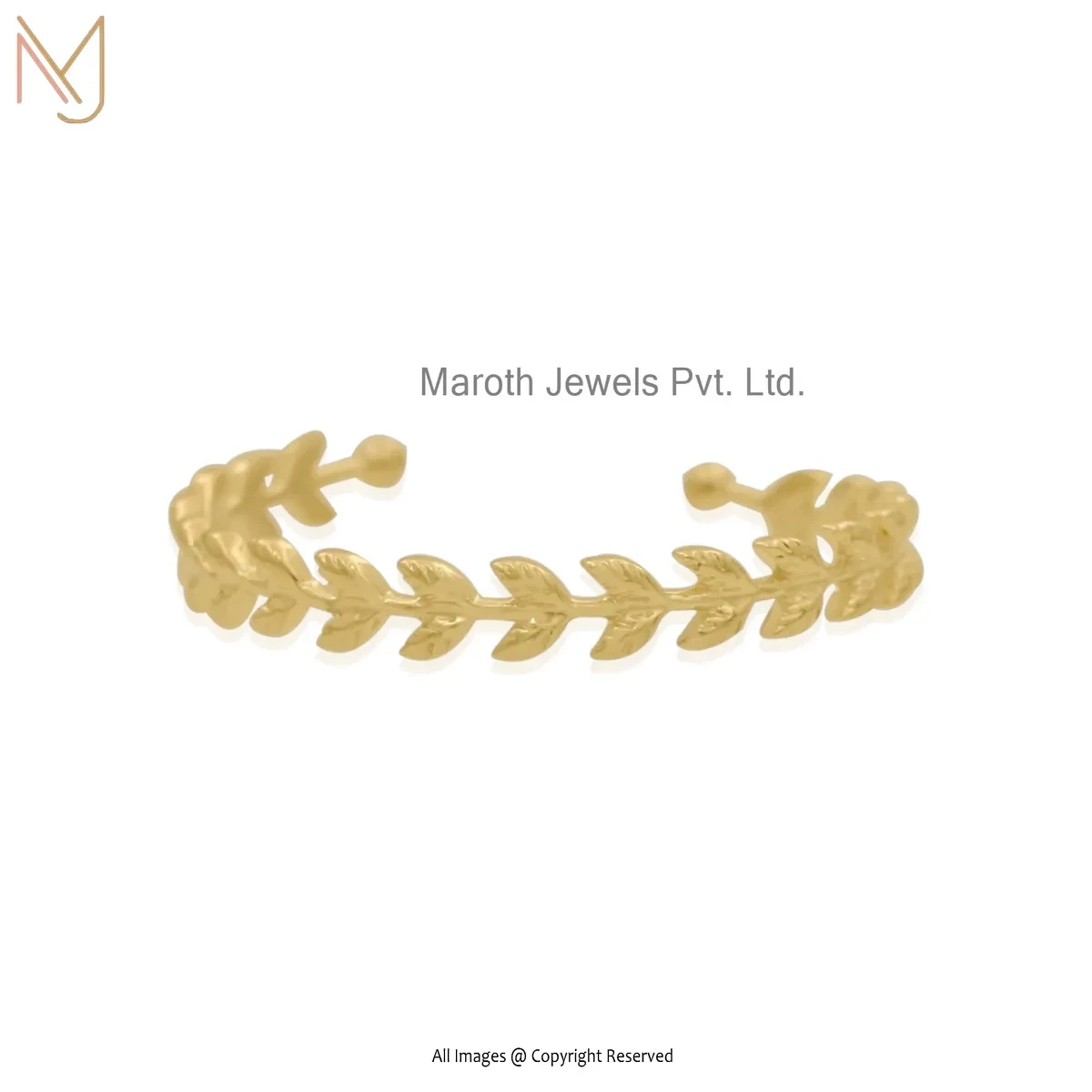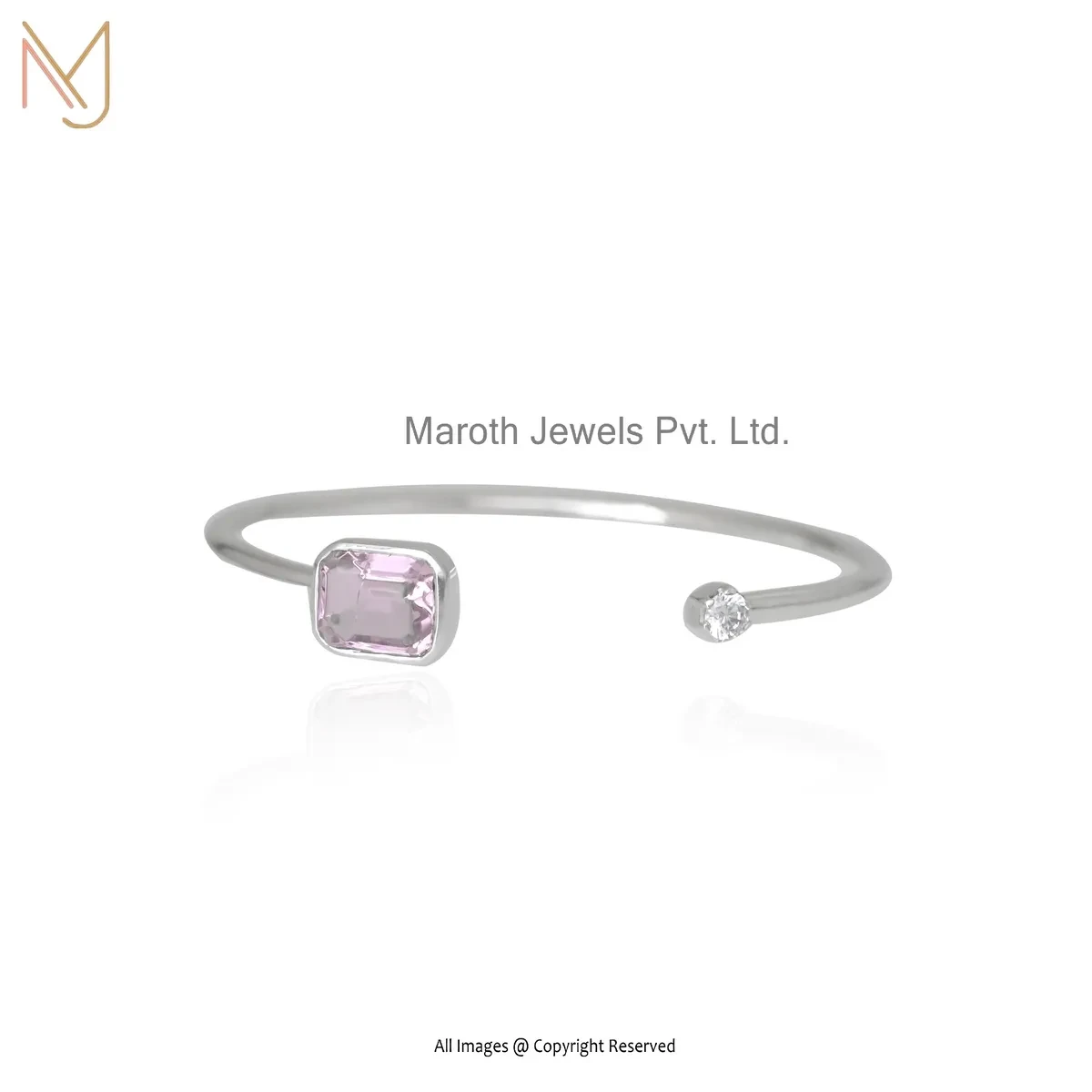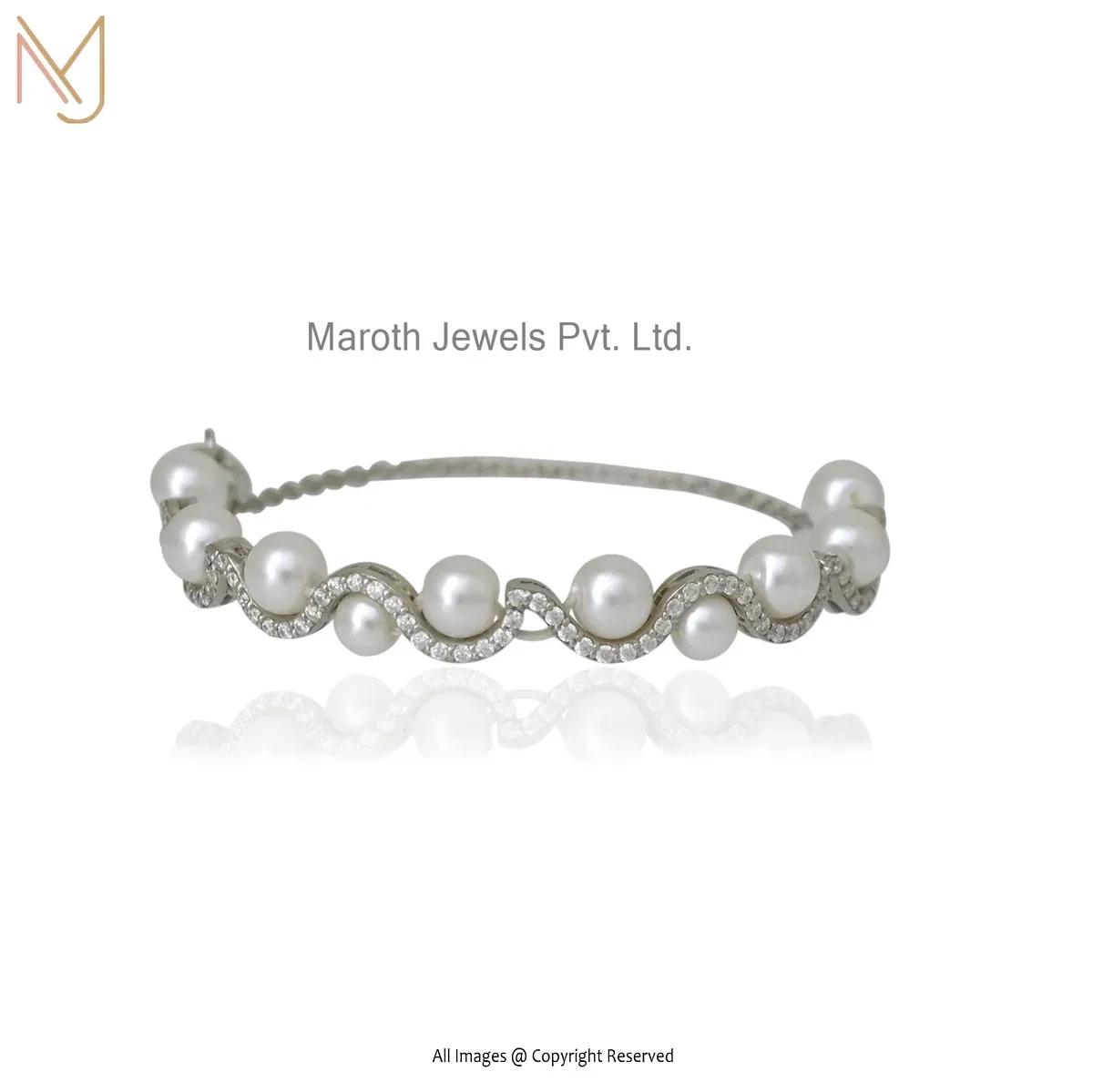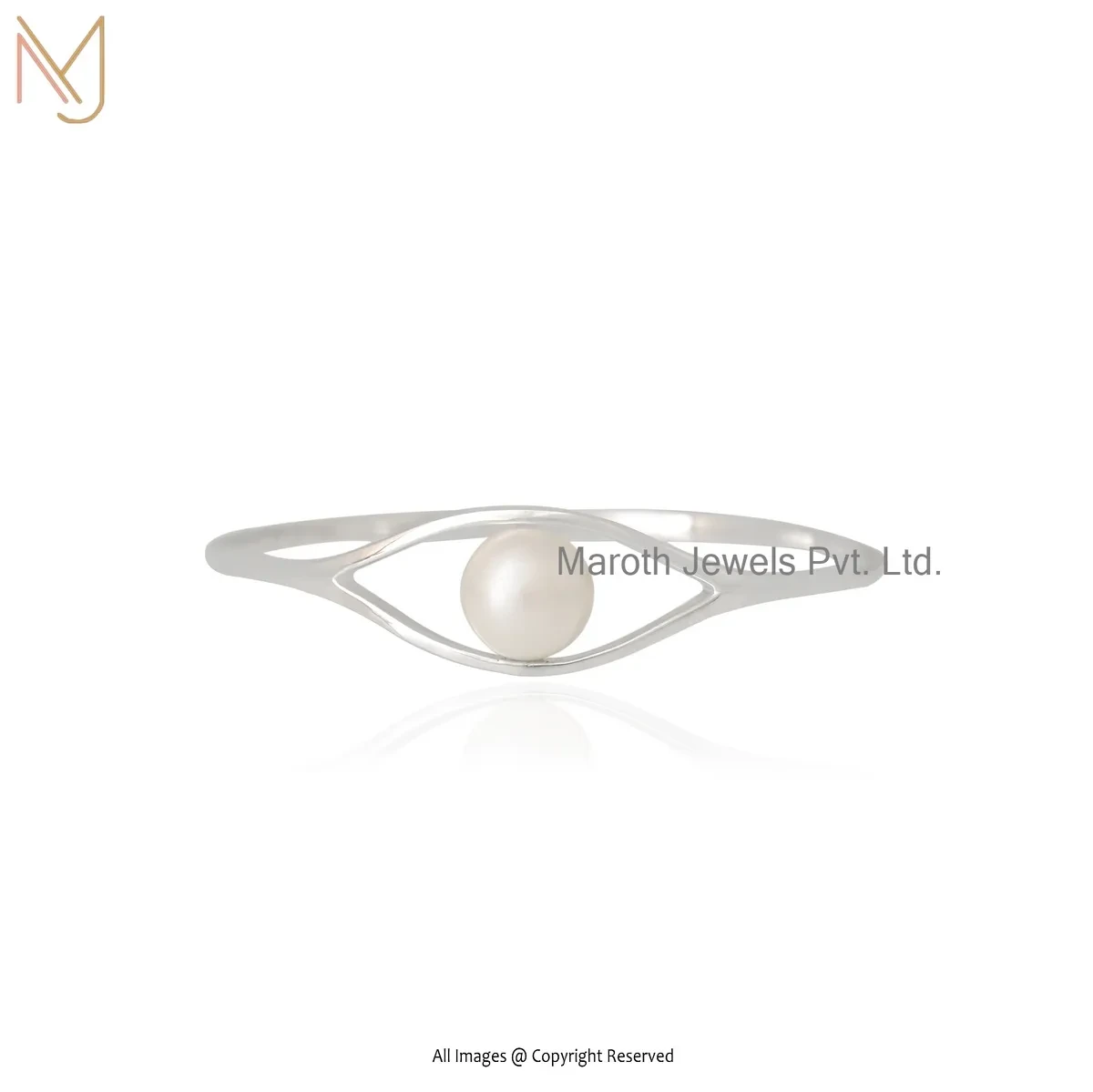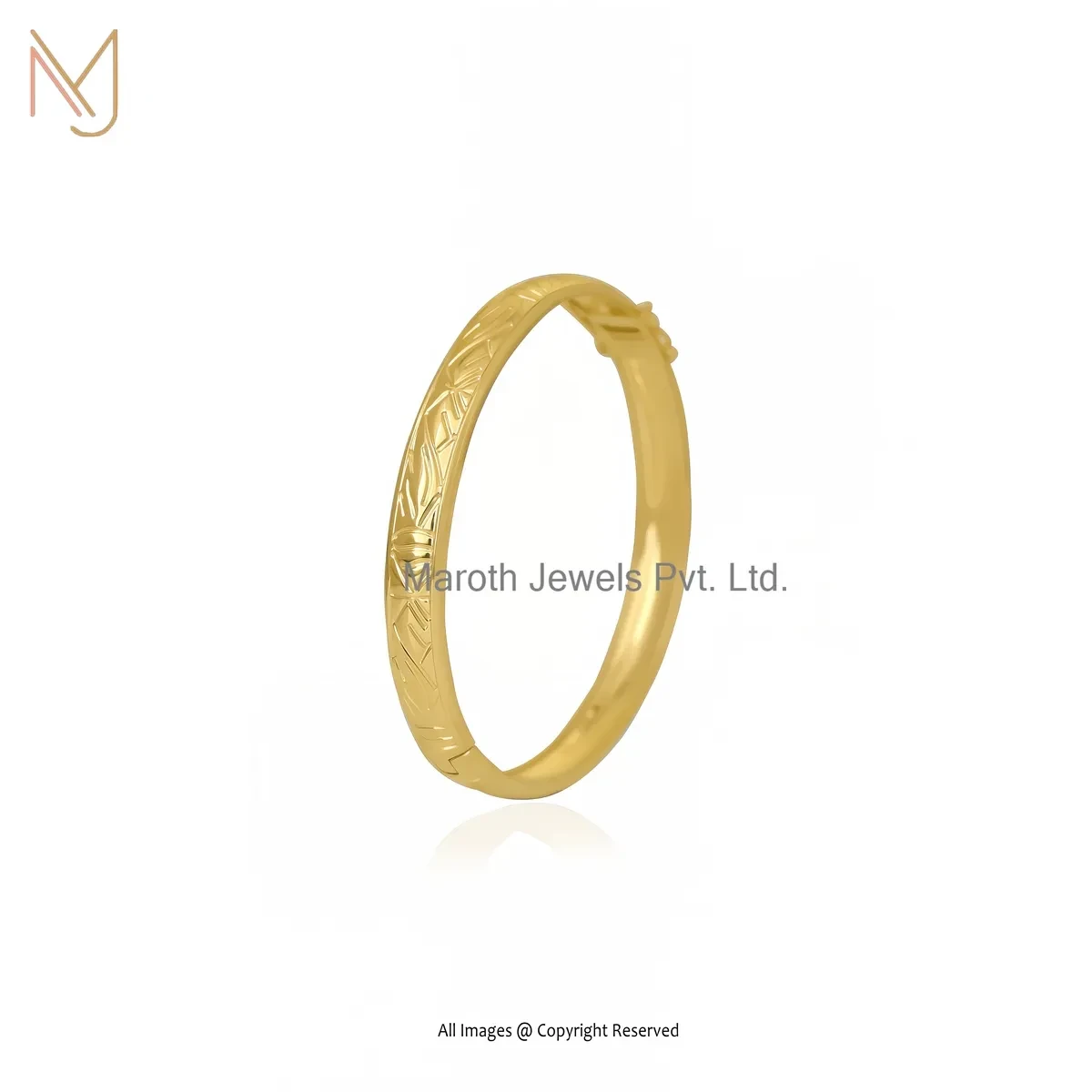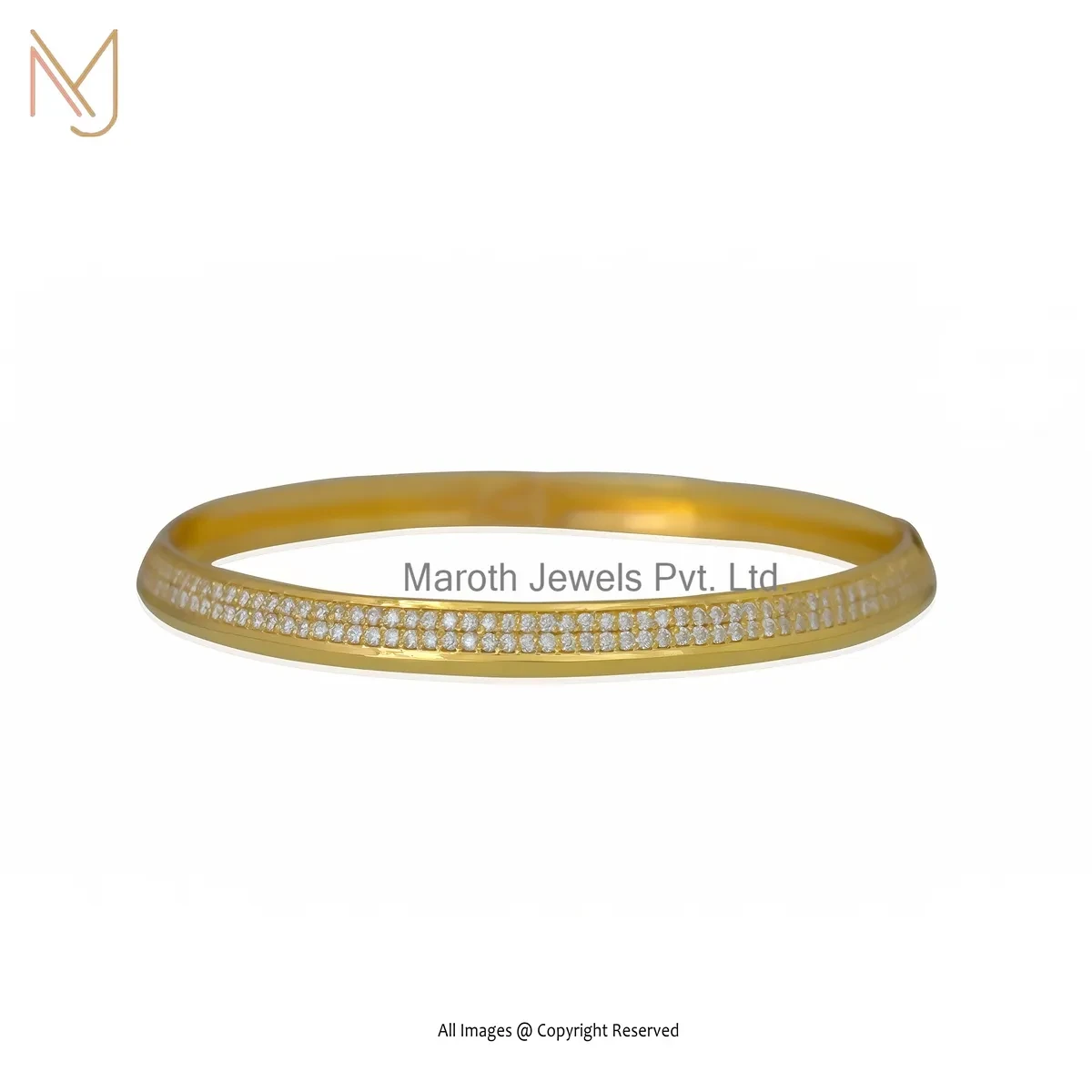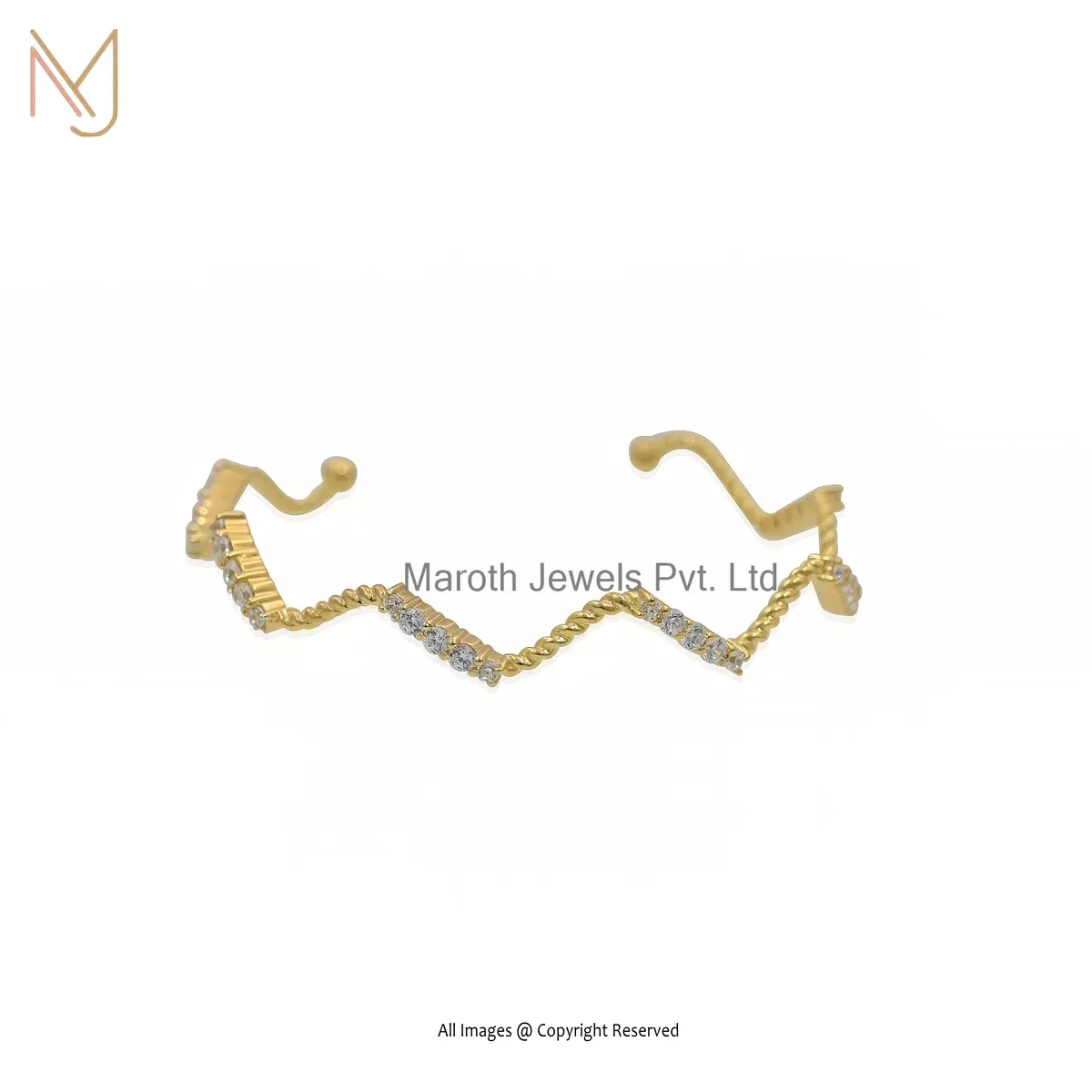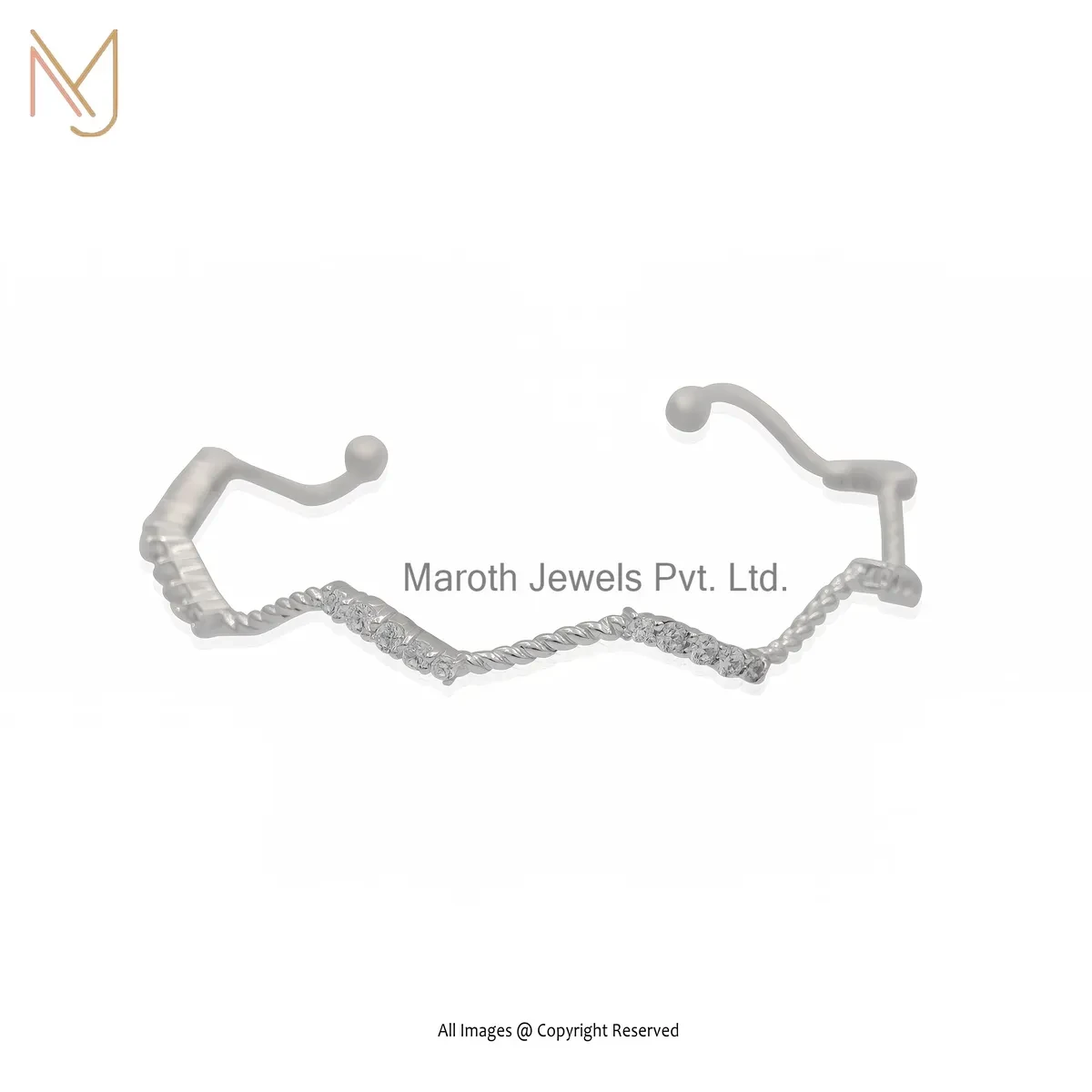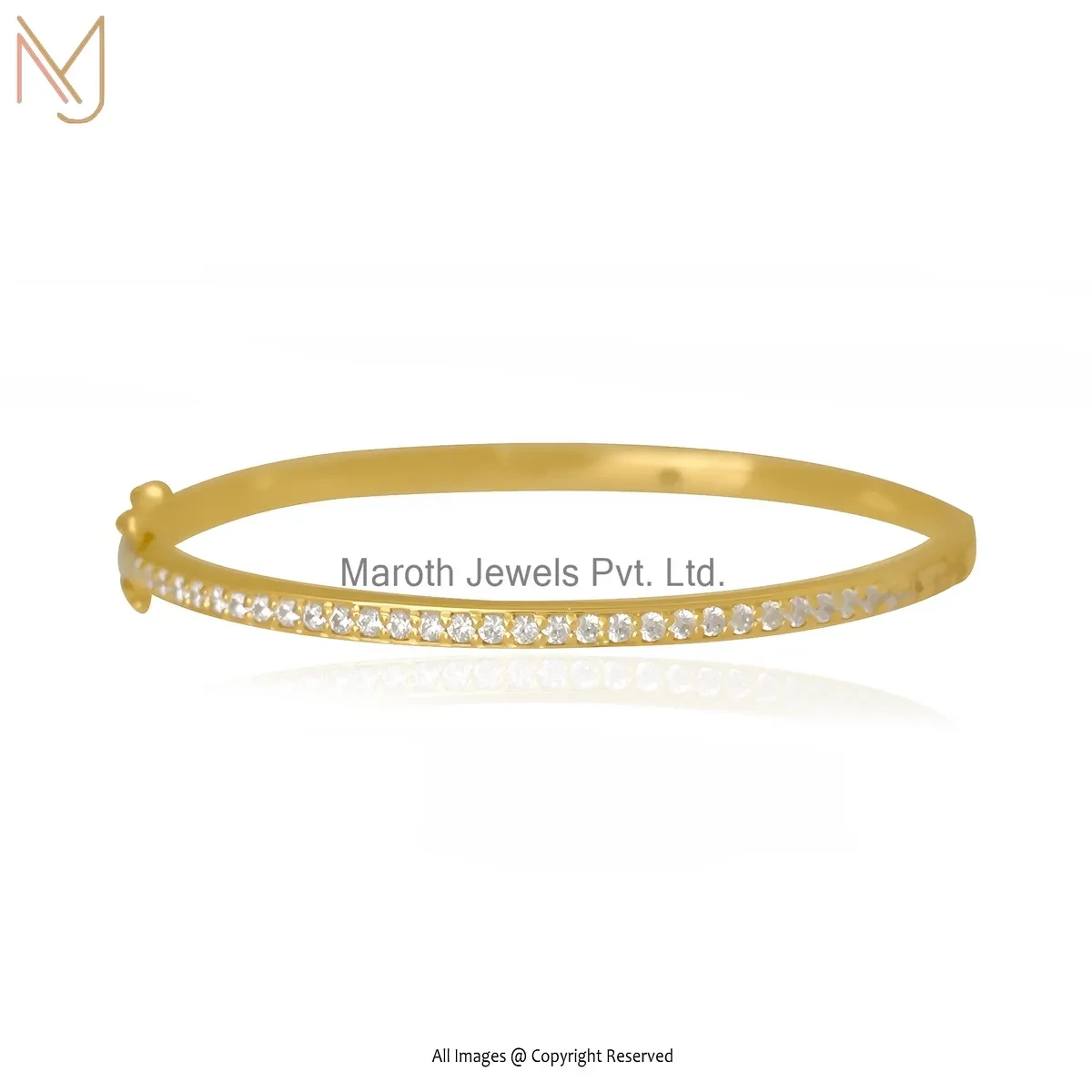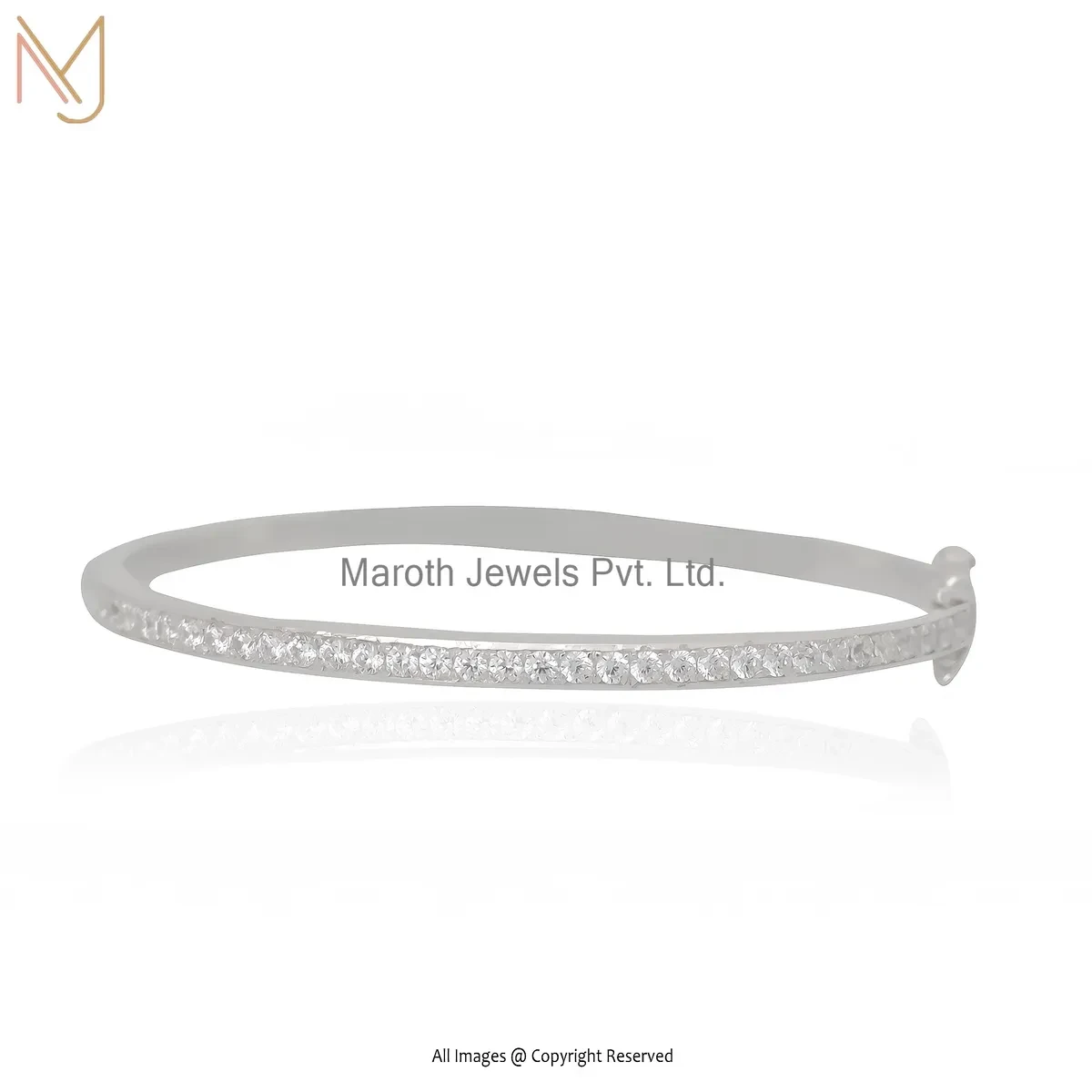Color Chart of Coral
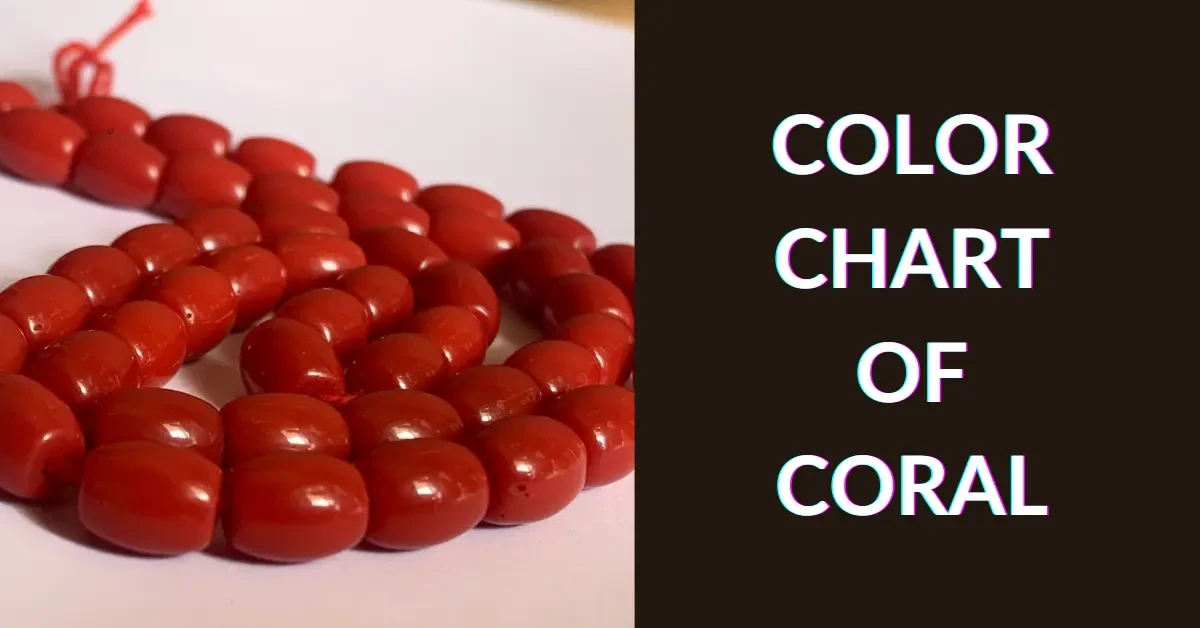
Color Chart of Coral
Coral tones are very wide-ranged, with pale, airy pinks, as well as dark and intense oranges. The diversity enables designers to find the ideal color to every project giving it a harmonious and captivating look.
The colours in the coral range add their own distinctive value, and this adds to the overall composition. Light corals have the ability to create a feeling of serenity and grace, and the darker ones provide depth and energy, which makes them essential in various design settings.
Staghorn Coral Reef
The staghorn coral is a type of coral that belongs to one of the fastest growing and most valuable species of corals in a coral reef ecosystem. These hard corals have been used to build the reefs of the world today.
The staghorn coral was named staghorn coral since it resembled the male deer horns. Its pointed, textured, branched form creating dense gardens of corals are easily recognised. It is typically located in shallow waters but this unfortunately poses a major threat to the species. Since it is severely affected by global warming coral bleaching.
Carra Oneal
Lettuce leaf coral grow vertically in a weird conical manner and their huge ruffled borders render them to appear as huge cabbages. They are plankton feeders and most often seen in dull colours like yellow, green and brown.
Their giant plate-shaped has provided a safe haven of many different types of marine life to evade predators. These colony-based reef-building corals thrive within the Indo-Pacific and live in the depths of up to 20 metres in shallow reef corals.
Elkhorn Coral
The form of the elkhorn coral resembles that of antlers picture David E Guggenheim
Being one of the most conspicuous forms of coral reef species, the elkhorn must be. It has remarkable antler-like characteristics that are not common with other coral reef species and to any snorkeler or diver, this is a sight worth viewing.
This is a stony reef-building coral, which was previously viewed as one of the most prevalent corals that could be found on the coral reef eco systems within the Caribbean. Nevertheless, global warming and coral bleaching has led to the elkhorn coral becoming a critically endangered species.
Carnation Coral
The carnation coral species, also known as the Dendronephthya, can be seen in the reefs of the Red Sea, Indian Ocean, and the Western Pacific, which are stunning.
Carnation coral grows well in areas with high current speed, and they typically grow on walls or beneath rocky overhangs. These corals bloom and expand to feed when the current is running, but when there is none of the current they shrink back.
The stems of their branch-like branches are pearly white and the heads are the size of carnation-flower and are pink, red, orange and yellow. This variety of bright colors turn the carnation into one of the most striking and photogenic types of coral reef species.
Bubble Coral
Coral and crab species of Bubble type. Bubble corals are commonly confused with fish eggs, image Simon Ilett. One of the most interesting reef species of coral is the bubble coral or Plerogyra sinuosa. The bubble coral usually grows in sheltered sections and often they resemble fish eggs because of the depth in which they are located ( 3-35 meters).
These white/skin coloured polyps always look like bubbles, or even a bunch of grapes, but at night the little balloons go down in size, and their tentacles are then allowed to stretch out and to find food. Bubble corals are located in coral reef areas like the Red Sea to the Indian Ocean to the mid-Pacific.
Gorgonian Sea Fan Coral
Neon Venus/Gorgonian Sea Fan Coral gorgonian coral species. Gorgonian sea fan is a delicate species of coral reef. The gorgonian sea fan is one of the most beautiful kinds of coral reef species. This beautiful soft coral, extremely common in the Bahamas and in the West Indies, consists of an elaborate net-work of branchlets, growing out of a small stem.
Gorgonian sea fan coral is available in hues of off-white, yellow and lavender and is also known as the home of the pygmy seahorse who spend their entire adult life clinging to the finely-branched coral.
They are a coral reef species that can be appreciated by snorkelers as well as divers, so they like shallow waters with strong waves up to a maximum of 10 metres, which are their preferred habitat.
Coral on reef of Pink Sea Whip type
The whip of the sea belongs to the family of the beautiful gorgonian soft corals. The sea whip coral tubes are slick whip-like branches that are available in a variety of attractive colours such as red, orange, yellow, and purple.
They are typically a deep-water coral reef species, which grows in the form of walls and on rocks, reaching a depth of up to 3 feet. When you are a keen macro spotter, watch out for the tiny whip coral shrimp, which inhabit the branches of this type of coral.
Sun Coral
The sun coral happens to be among the most desired corals by the underwater photographers. Sun corals, or Tubastaea grow in coral reefs in the Red Sea, Indo-Pacific, Western Indian and the Southern Pacific. They tend to inhabit dark overhangs and caves with nutrient rich waters and good currents.
When they are feeding, the tentacles of this coral will stretch out of their tube base, and open completely, to take in the plankton. These jolly creatures exist in a variety of vibrant colours including the colour yellow, orange, red and pink.
Fox Coral
The fox coral is one of the most beautiful species of coral reefs due to its soft organic structure. One of the most appealing species of coral reef is the fox corals, or jasmine coral, or Nemenzophyllia turbida. These are ruffled polyps, which come in colours light pink to greeny blue.
The fox corals will be on the lee of the coral reefs, and in the protection of rocky overhangs. They are not listed as endangered species, but the fox coral is nonetheless quite uncommon in the wild and typically live in coral reefs in the Indo-West Pacific region, including the Philippines and Papua New Guinea.
Organ Pipe Coral
There are 8 tentacles per tube of the organ pipe coral. One of them that are perhaps better seen than heard is the organ pipe coral or Tubipora musica. They reside in the coral reef waters of the Indian and Pacific ocean, and are usually found in sheltered locations in the shallow waters.
This species of coral reef is categorized as a soft coral, but they possess a hard skeleton in which each individual soft tube is placed. Each of these tubes contains a feathery head of tentacles by which it feeds upon the plankton. Marvel at the way these hypnotizing tentacles open and close together.
In the end
Corals exist in approximately six thousand species all over the world. These may be categorized into two groups - hard and soft. All corals consist of hundreds or thousands of polyps which are minute and normally no more than half an inch in diameter.
Recent Posts
Color Chart of Coral
Color grading chart of Agate
Major Jade Mining Areas
Durability and Hardness of Moonstone
Mohs Scale of Fluorite
Pricing Chart of Lapis
Mohs Scale of Hardness of Garnet
Mohs Scale of Onyx
Pricing Chart of Smokey Quartz
Related products
14K Yellow Gold Leaf Cuff Bangle Jewelry Supplier
925 Silver Yellow Gold Plated Leaf Cuff Bangle Jewelry Supplier
14K White Gold Cubic Zircon & Pink Sapphire Cuff Bangle Manufacturer
Private Lable 14K White Gold Moissanite Trendy Sparkling Silver Pearl Bangle
14K White Gold Pearl Eye Bangle Custom Jewelry
925 Silver Natural Silver Plated Pearl Eye Bangle Custom Jewelry
14K Yellow Gold Scroll Pattern Bangle Jewelry Supplier
925 Silver Yellow Gold Plated Scroll Pattern Bangle Jewelry Supplier
14K Yellow Gold Large Cuff Shield Bangle Manufacturer
925 Silver Yellow Gold Plated Large Cuff Shield Bangle Manufacturer
14K Solid Yellow Gold Moissanite Bangle Custom Jewelry
925 Sterling Silver Yellow Gold Plated Moissanite Bangle Custom Jewelry
14K Yellow Gold Cubic Zircon Wavy Bangle Jewelry Supplier
925 Silver Natural Silver Plated Cubic Zircon Wavy Bangle Jewelry Supplier
14K White Gold Birth Month Flower Bangle Manufcaturer
925 Silver Natural Silver Plated Birth Month Flower Bangle Manufcaturer
Wholesale 14K Yellow Gold Cubic Zircon Diamond Round Bangle
Wholesale 925 Silver Natural Silver Plated Cubic Zircon Diamond Round Bangle
Contact Us For Custom Jewelry
Please get in touch with us and share your ideas if you have personalized jewelry or are searching for a private label jewelry manufacturer. In accordance with your suggestions, we will make and present genuine jewelry.
Drop Us a Line
Scan QR Code
for immediate contact

